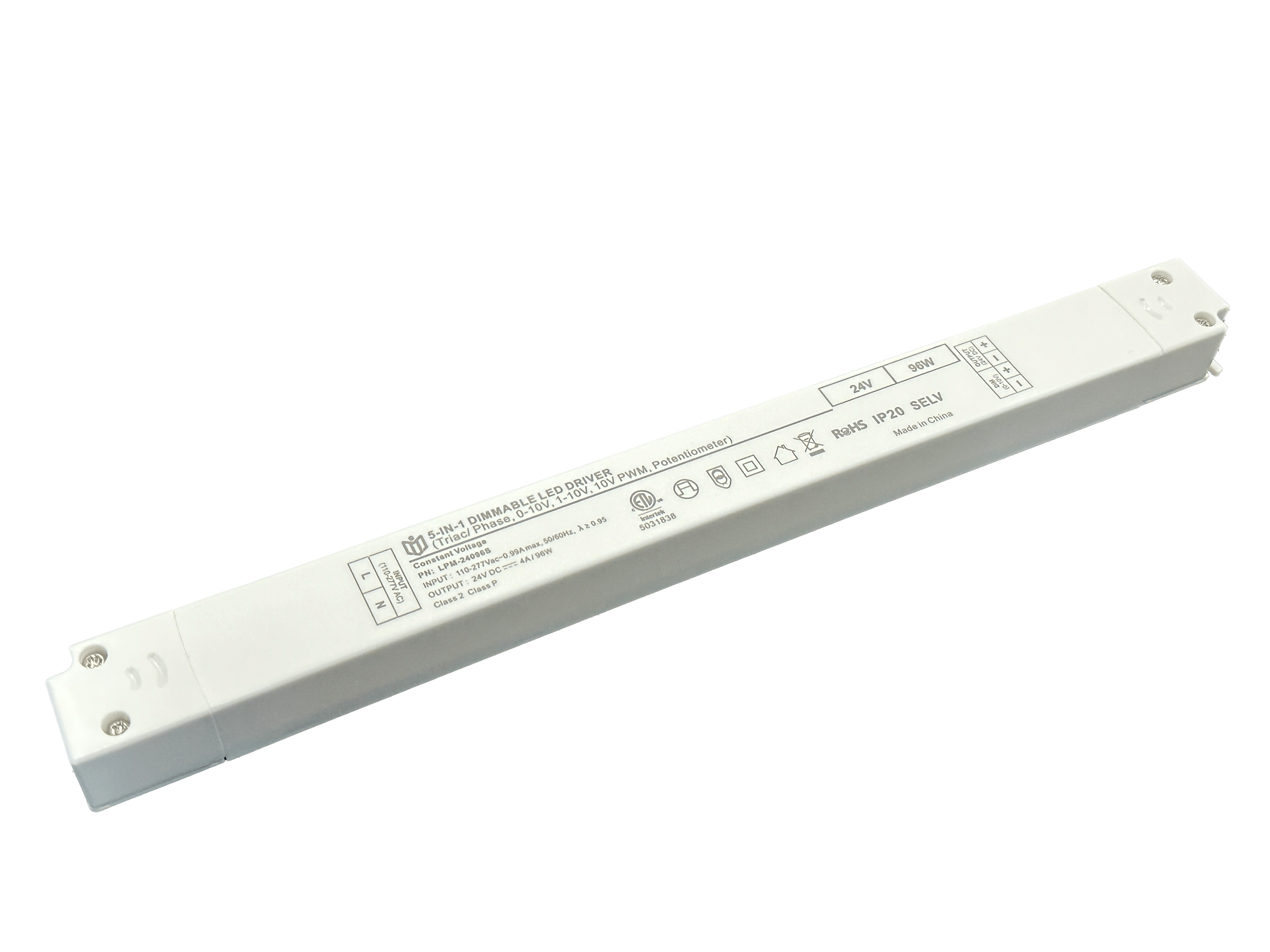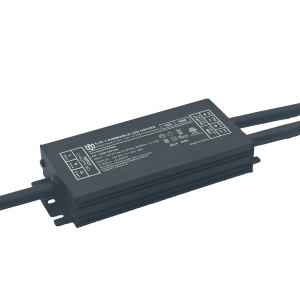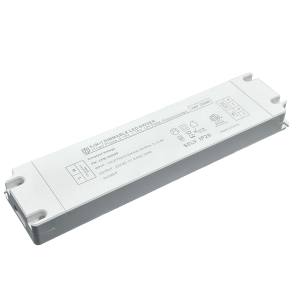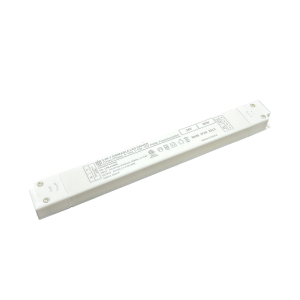In-Depth Analysis of Triac Dimmable Power Supplies: How Do They Achieve Precise Brightness Adjustment?
Understanding Triac Fundamentals in Dimming Applications
At the heart of most residential and commercial dimming systems lies the triac—a bidirectional semiconductor switch uniquely suited for AC load control. Unlike unidirectional thyristors, triacs conduct current during both halves of the sine wave cycle, enabling seamless interaction with alternating current environments common in global electrical grids. This dual-mode operation makes them ideal partners for incandescent bulbs, halogen fixtures, and increasingly sophisticated LED arrays seeking smooth luminosity transitions.
Phase Cutting Mechanism: Chopping Waves for Precision
The primary method employed by triac dimmers involves strategic "phase cutting" – deliberately interrupting portions of each AC cycle based on user input. When activated near peak voltage points (typically between 90°–180° phase angles), the device creates truncated waveforms whose RMS value directly correlates to perceived brightness levels. Advanced models utilize microcontroller algorithms to calculate exact firing angles, ensuring ±2% accuracy across 1–100% dimming ranges while maintaining flicker-free performance above 120Hz refresh rates.
Pulse Width Modulation Synergy
Modern implementations often combine traditional phase control with high-frequency pulse width modulation (PWM). Here’s how it works: After initial coarse adjustment via phase chopping, rapid on/off cycling at kilohertz frequencies fine-tunes output stability. This hybrid approach eliminates audible noise common in pure phase controllers while improving compatibility with sensitive electronic ballasts and driver circuits found in retrofitted fixtures.
Thermal Management & Power Quality Considerations
Precision comes at a cost—literally. As triacs handle partial conduction periods, localized heating occurs proportional to switched current density. Premium units incorporate thermal foldback protection and aluminum PCB traces to dissipate heat evenly. Simultaneously, designers must balance harmonic distortion (THD typically <15%) against electromagnetic interference (EMI) suppression requirements, using snubber networks and filtered connectors to meet FCC Part 15 Class B standards without compromising dimming resolution.
Calibration Protocols for Consistent Results
Factory calibration involves laser-guided alignment of optocouplers monitoring zero-crossing detection circuits. Field adjustments use closed-loop feedback from photodiodes measuring actual light output versus commanded values. Some intelligent systems employ auto-learning algorithms that map device-specific response curves over time, compensating for component aging and environmental temperature shifts that could otherwise drift brightness levels by ±5% annually.
Integration with Smart Ecosystems
Cutting-edge triac drivers now communicate via DALI or DMX protocols, enabling centralized building management systems to coordinate hundreds of lights simultaneously. These networked solutions support scene presets where different zones transition through programmed sequences while maintaining individual dimming precision. Wireless variants add Bluetooth mesh capabilities, allowing smartphone apps to adjust color temperature alongside brightness—all processed through the same fundamental triac control architecture.
Real-World Performance Benchmarks
Laboratory tests show properly configured triac dimmers achieve 0.1% incremental steps across their entire range when paired with quality LED drivers. Field measurements confirm maintenance of CRI >80 even at 5% minimum levels, critical for museum displays requiring accurate color rendering. Power factor correction modules integrated into newer designs further enhance efficiency, reducing reactive losses from typical 0.7 lagging to near-unity power factors at mid-range settings.

Future Innovations on the Horizon
Research focuses on silicon carbide (SiC) based triacs promising faster switching speeds and lower conduction losses. Machine learning algorithms are being tested to predict optimal firing angles dynamically based on real-time load characteristics. Emerging wireless charging pads embedded within table lamps demonstrate how triac technology could evolve beyond simple dimming into multifunctional role managing both illumination and device recharging protocols.
 A New Benchmark in Energy Sav
A New Benchmark in Energy Sav
 The Future Outlook for Triac
The Future Outlook for Triac
 The Application Advantages of
The Application Advantages of
 Innovative Design + Outstandi
Innovative Design + Outstandi
